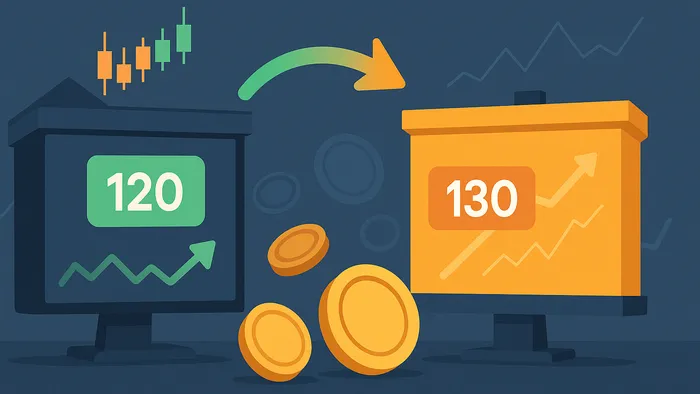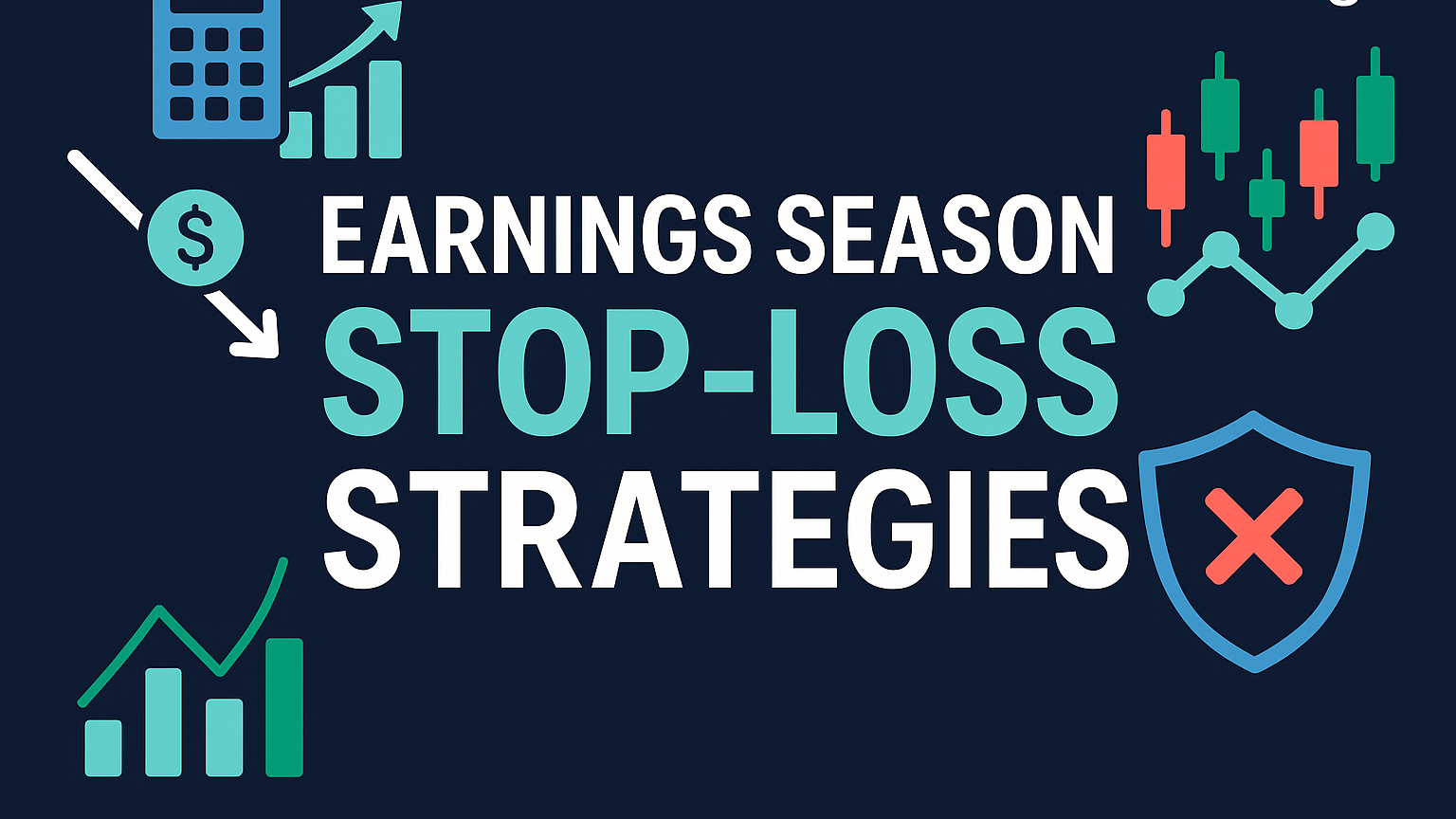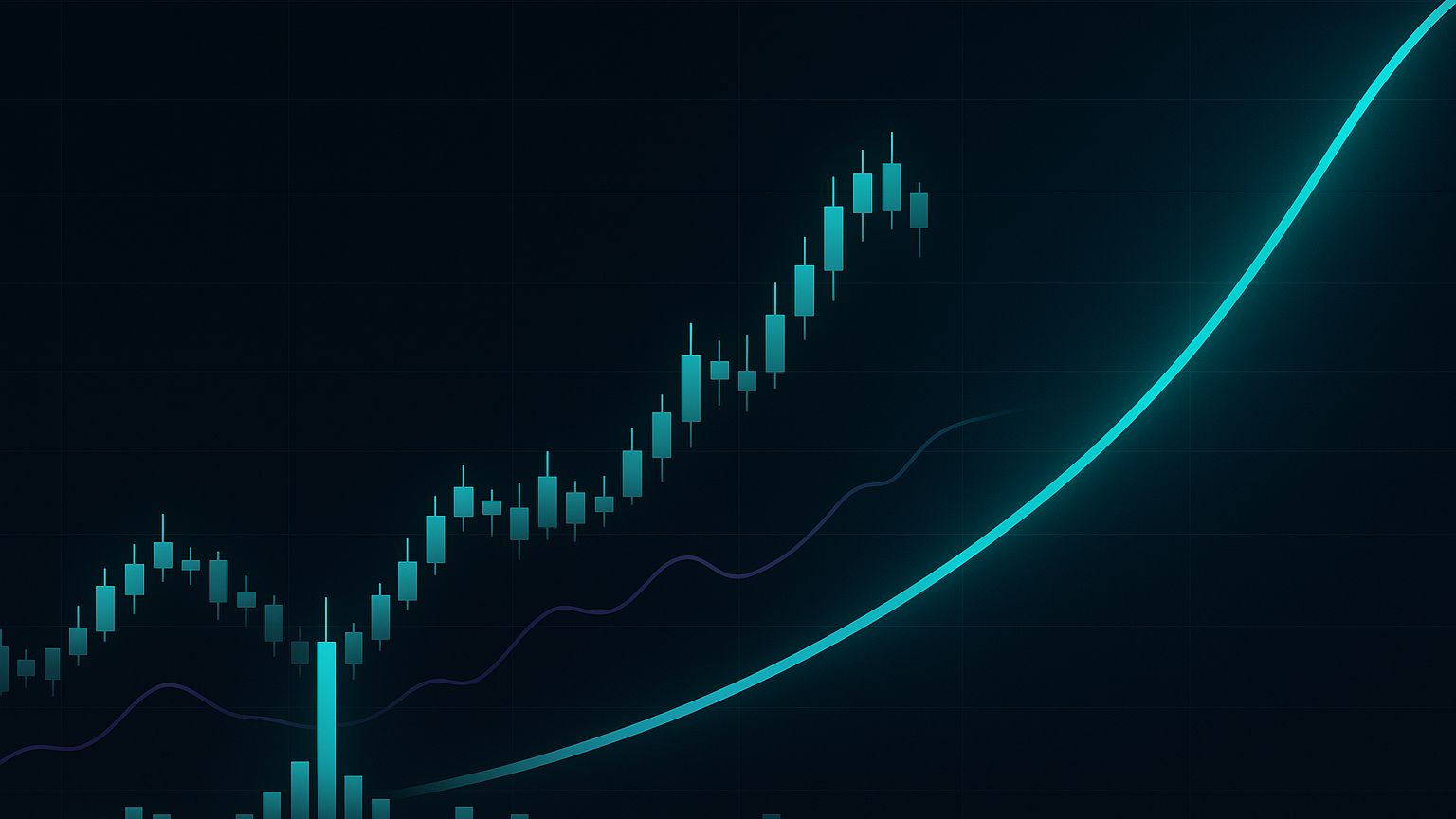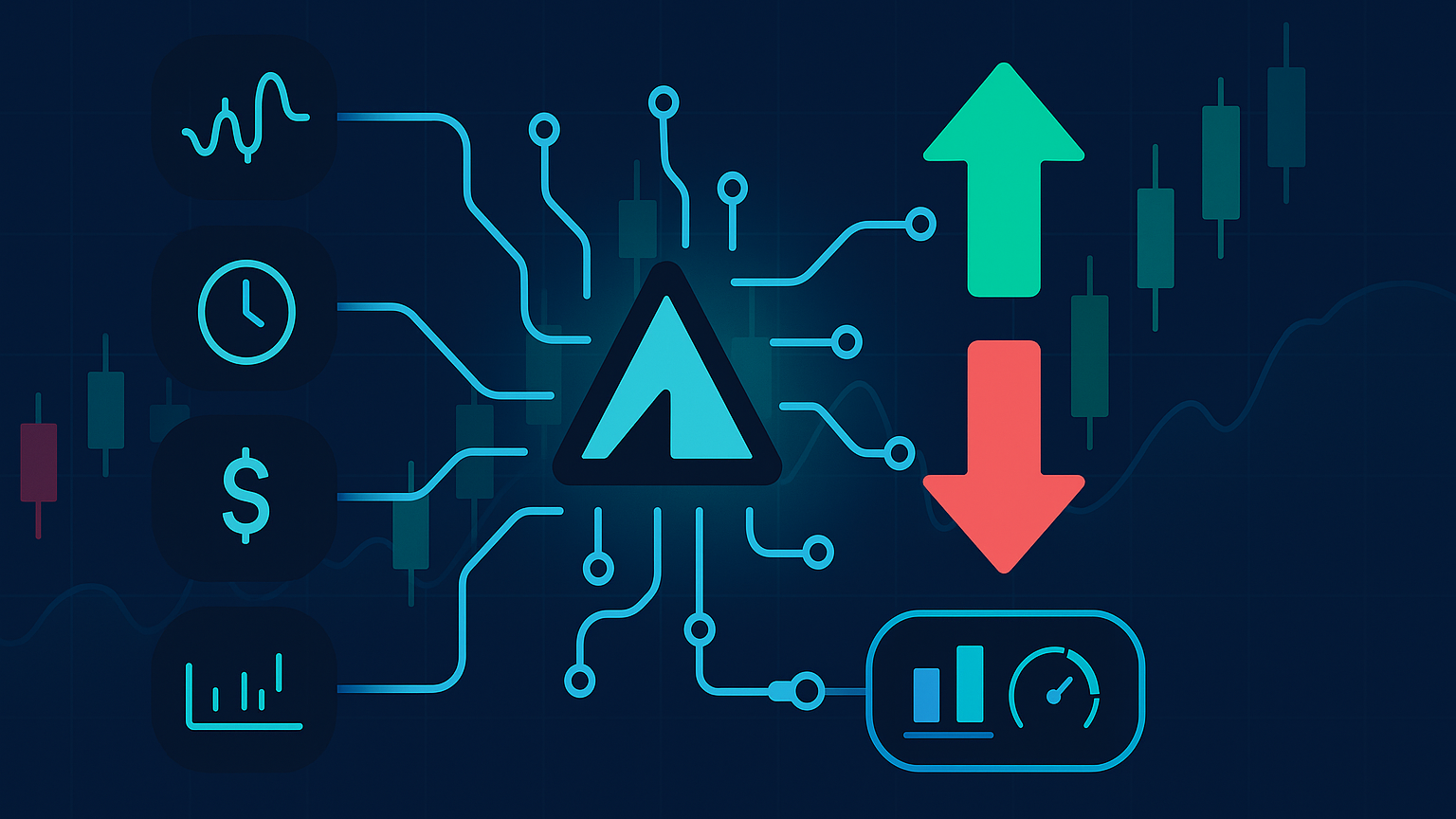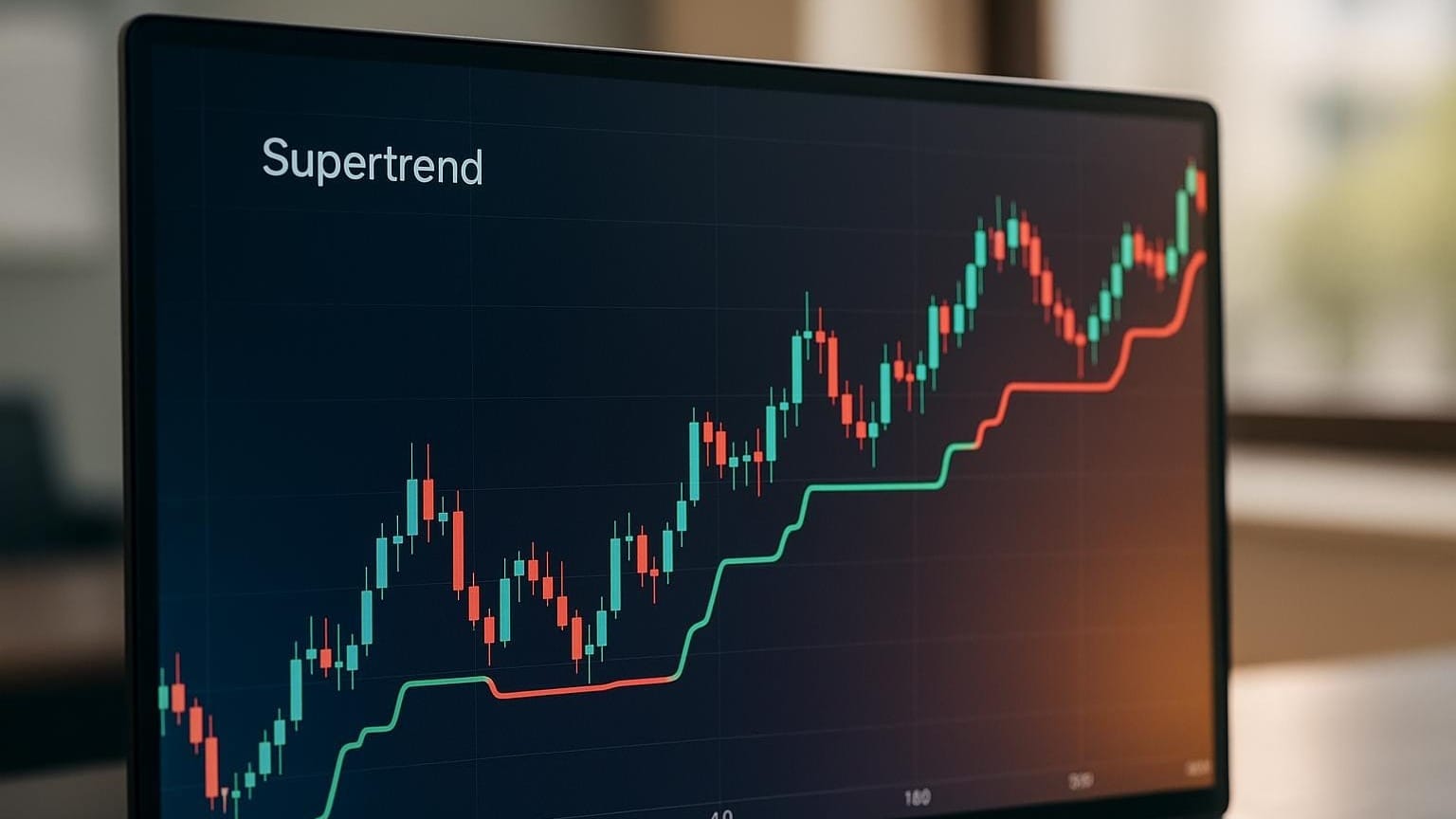Learn how to leverage price gaps across markets for consistent profits through arbitrage trading strategies and risk management techniques.
Arbitrage trading is a way to profit from price differences of the same asset across markets. By quickly buying low in one market and selling high in another, traders can capture small but consistent gains. Here's what you need to know:
- How It Works: Exploit price gaps by trading assets like stocks, currencies, or crypto on different platforms.
- Key Tools: Use price scanners, alert systems, and backtesting tools for real-time opportunities.
- Popular Strategies: Exchange‑based arbitrage, triangular currency trades, and statistical models.
- Risks: Watch out for fees, slippage, market volatility, and regulatory hurdles.
- Who Benefits: Large institutions dominate, but individual traders can find opportunities in newer markets like crypto.
Success requires speed, accuracy, and strong risk management. Start small, use automated systems, and focus on markets with frequent inefficiencies.
Arbitrage Basics
Finding Price Gaps
Arbitrage trading depends on tools and swift methods to spot price differences. The goal is to identify these gaps quickly and take advantage of them before they disappear.
Tools for Spotting Price Gaps
Platforms like TradingView, combined with LuxAlgo’s Signals & Overlays toolkit, are excellent for finding arbitrage opportunities. Traders often rely on:
| Tool Type | Primary Function | Key Benefit |
|---|---|---|
| Price Scanners | Monitor markets continuously | Quickly spot price differences |
| Alert Systems | Send automated notifications | Act on opportunities instantly |
| Backtesting Tools | Analyze historical data | Identify recurring patterns |
Key Arbitrage Methods
After identifying price gaps, traders typically use one of these main strategies:
- Exchange-Based Arbitrage: Buy an asset on one exchange and sell it on another—e.g., buy a stock on the NYSE at $20 and sell on the LSE at $20.05.
- Triangular Arbitrage: Exploit discrepancies among three currency pairs—e.g., using $1 million with rates USD/EUR = 1.1586, EUR/GBP = 1.4600, USD/GBP =1.6939 to lock in a small profit before costs.
- Statistical Arbitrage: Use quantitative models to trade baskets of related assets, profiting from temporary mispricings.
Calculating Profits
Accurate profit calculations are critical. Account for:
| Cost Factor | Impact on Profit |
|---|---|
| Exchange Fees | 0.1%–0.5% per trade |
| Slippage | Depends on liquidity |
| Execution Time | Delays can wipe out gains |
"Arbitrage provides a mechanism to ensure that prices do not deviate substantially from fair value for long periods of time." – Investopedia
Making Arbitrage Trades
Once you've identified price gaps, the next step is executing and fine-tuning arbitrage trades to maximize returns.
Trading Account Setup
Set up accounts on major platforms like Coinbase, Kraken, and Gemini. This broad access allows you to capitalize on price differences across markets.
Order Execution
Capturing short‑lived price differences requires swift and precise action:
| Execution Component | Implementation Strategy |
|---|---|
| Market Monitoring | Use real‑time data feeds and analytics tools |
| Order Placement | Run simultaneous orders via algorithmic scripts |
| Price Verification | Automate cross‑exchange checks |
| Position Tracking | Monitor with portfolio management dashboards |
Reducing Trade Errors
Minimize errors to protect profits:
-
Access Control & Reconciliation
Implement strict authentication and daily reconciliation. -
Slippage Management
Strategy Implementation Order Size Split large trades into smaller chunks Timing Trade in high‑liquidity periods Price Limits Use limit orders Market Conditions Avoid news events -
Technical Safeguards
Define slippage tolerances, use automated verifications, maintain backup execution systems.
Risk Control
Protecting your capital and maintaining consistent arbitrage profits requires effective risk management.
Main Risk Types
| Risk Type | Description | Mitigation Strategy |
|---|---|---|
| Deal Failure | Trades not executing properly | Set clear execution parameters |
| Market Volatility | Sudden price swings | Use real‑time monitoring |
| Liquidity Issues | Low volumes | Break orders into chunks |
| Regulatory Hurdles | Compliance issues | Stay updated on rules |
| Counterparty Risk | Exchange failures | Spread funds across platforms |
A study showed 97% of traders with over 300 trading days lose money, and only 1.1% earn more than $16/day—the Brazilian minimum wage. Strong risk controls are vital.
Trade Size Rules
| Parameter | Recommended Approach |
|---|---|
| Capital Allocation | 2–3% of total capital per trade |
| Market Liquidity | Match trade size to volume |
| Spread Size | Base size on arbitrage gap |
| Exchange Limits | Account for withdrawal/trading caps |
Safety Tools
- Automated Monitoring
Tools like CoinArbitrage manage billions of alerts across 48 exchanges. - Price Verification
Confirm opportunities via multiple data sources. - Stop‑Loss
Crucial for convertible bond arbitrage and other low‑risk strategies.
| Safety Feature | Implementation |
|---|---|
| Price Alerts | Track spread changes |
| Slippage Controls | Limit price deviation |
| Position Limits | Automate exposure caps |
| Emergency Stops | Instant trade termination |
Advanced Methods
Automated systems now execute over 75% of U.S. exchange trades, highlighting technology’s role in arbitrage.
Computer-Driven Trading
| Component | Function | Advantage |
|---|---|---|
| Statistical Analysis | Real-time data processing | Quickly finds gaps |
| Order Execution | Automated trades | Reduced slippage |
| Risk Management | Monitors limits | Adjusts sizes |
| Multi‑Market Access | Tracks many exchanges | More opportunities |
LuxAlgo’s Exclusive Toolkits on TradingView
- Signals & Overlays toolkit: Real-time market scans & advanced alerts
- Price Action Concepts toolkit: Automated pattern & structure detection
- Oscillator Matrix toolkit: Multi‑timeframe oscillator analysis
Crypto Market Gaps
| Strategy Type | Method | Consideration |
|---|---|---|
| Cross‑Exchange | Trade same coin across platforms | Watch fees & withdrawal times |
| DEX vs CEX | Compare decentralized vs centralized | Account for gas & congestion |
| Flash Loan | Instant borrowed funds | Smart contract risk |
"Crypto arbitrage trading is a trading method that allows traders to capitalize on price discrepancies for the same cryptocurrency across different exchanges." – Cryptopedia Staff
Summary and Action Steps
Key Points
Arbitrage trading thrives on exploiting price differences across markets, but success hinges on solid strategy and disciplined risk management. Research shows 97% of active traders lose money, underscoring the need for a systematic approach.
| Component | Requirement | Impact |
|---|---|---|
| Market Access | Multiple exchange accounts | Cross‑market opportunities |
| Technology | High‑speed systems | Rapid execution |
| Data Analysis | Real‑time monitoring | Pinpoints gaps |
| Risk Management | Clear sizing rules | Protects capital |
Getting Started
- Set Up Infrastructure
Equip yourself with analysis & execution tools. For example, LuxAlgo’s Premium plan ($39.99/mo) brings advanced alerts on TradingView. - Choose Markets
Target markets with frequent inefficiencies—crypto’s 24/7 structure often yields opportunities. - Implement Risk Controls
Begin with small positions and build up as you validate your strategy.


